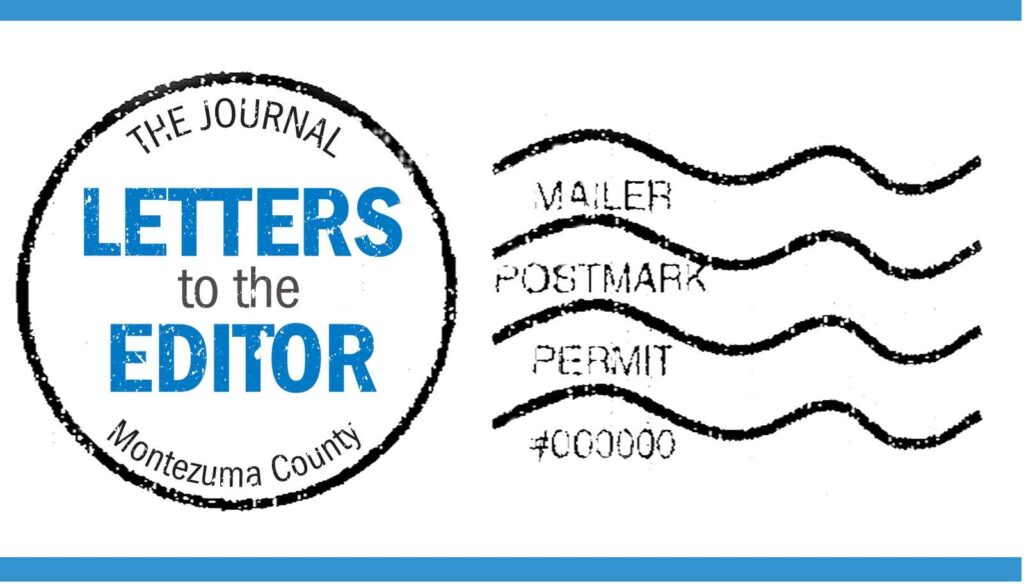The City of Durango’s latest traffic calming initiative, aimed at transforming East Seventh Street with diagonal, back-in parking, has sparked significant debate among residents and business owners. The proposal, which emerged from a recent City Council meeting, intends to “calm traffic” by altering the parking dynamics in the neighborhood. If deemed successful, the plan could extend to East Eighth, Ninth, and Tenth streets, despite findings from the city’s own speed study indicating that traffic speeds on East Seventh Street average between 24 and 26 mph, suggesting that such measures might be unnecessary.
Concerns have been raised about the lack of community involvement in the decision-making process. The project, part of the broader “Next Step” plan, was introduced without prior notification to neighborhood residents, leading to fears of significant and lasting changes to the downtown area. The plan also involves the removal of 38 parking spaces from Main Avenue, potentially pushing more vehicles into residential neighborhoods.
Community Backlash and Concerns
At a recent meeting regarding the Next Step initiative, it became evident that the project is moving forward despite opposition from both local businesses and residents. Critics argue that the plan will drastically alter the character of downtown Durango, shifting it towards a pedestrian-centric environment with narrowed streets, widened sidewalks, and the introduction of trees and mini park-like spaces.
Statements from Multimodal staff claiming that the project will maintain Durango’s Western heritage aesthetic have been met with skepticism. Opponents argue that the changes will transform the area into a walking mall atmosphere, a move they believe is unnecessary given the city’s safety data.
“Data shows only 2.2 injury accidents per year on average,” noted Ken Van Zee, a Durango resident, highlighting the perceived disconnect between the project’s safety rationale and actual traffic incident statistics.
Implications for Local Infrastructure
The initiative is part of a broader trend within the city’s Multimodal Department to reconfigure urban spaces, including potential changes to College Drive and East Eighth Avenue. Critics argue that such efforts are misdirected and that funds should instead be allocated towards improving neighborhood infrastructure and sidewalks.
Residents are being urged to voice their concerns to the City Council, with calls for a halt to the plan until more comprehensive community engagement is conducted. The sentiment among many is that the Multimodal Department’s approach is “out of control,” prioritizing aesthetic and theoretical benefits over practical community needs.
Historical Context and Expert Opinions
This development follows a national trend of cities adopting “complete streets” policies, which aim to make urban areas more pedestrian-friendly. However, experts caution that such transformations must be carefully tailored to the unique needs and characteristics of each city.
Urban planning expert Dr. Lisa Martinez suggests that while pedestrian-friendly initiatives can enhance quality of life, they must be balanced with the needs of existing residents and businesses. “Community involvement is crucial,” she emphasizes. “Without it, well-intentioned projects can lead to unintended consequences.”
Looking Ahead
As the debate continues, the City of Durango faces a critical juncture in its urban planning strategy. The outcome of this controversy could set a precedent for future projects, influencing how the city balances modernization with tradition.
For now, the community remains divided, with many calling for a reevaluation of the project’s goals and methods. The coming weeks will likely see increased dialogue between city officials and residents as they navigate the complexities of urban development in a rapidly changing world.
